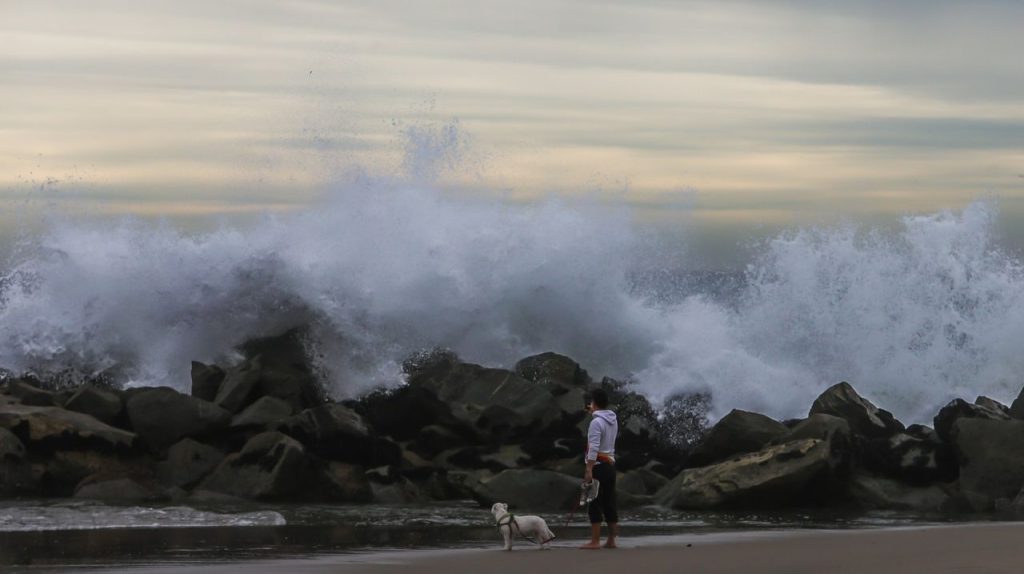The west coast of the United States will be significantly more at risk from maritime earthquakes and tsunamis after this month. Nine seismic monitoring stations along the Alaskan coast are set to go dark in the coming days in a shutdown that will hamper scientists’ ability to track and measure potential natural disasters in the Pacific. Crucially, the closures — which follow hundreds of thousands of dollars in National Oceanic and Atmospheric Administration funding cuts — not only leave the Alaskan coast that much more in the dark about what could be headed ashore from the ocean depths, but also threaten the American mainland.
The public should be ‘concerned’
“For decades,” the Alaska Earthquake Center has collected and passed along seismological data and recordings from monitoring stations to NOAA’s National Tsunami Center, which “sends out a warning message within minutes” if conditions are met, said Alaska Public Media. But while that’s how the system has “historically worked,” it’s all “about to change.”
The stations, whose data helped researchers calculate the “magnitude and shape” of tremors along the Alaskan Subduction Zone, all relied on federal funding, which lapsed this year after the Trump administration “declined to renew,” said NBC News. The closures mean that not only might Alaskan coastal communities receive “delayed notice of an impending tsunami,” but other, more distant locations might receive a “less precise forecast” as well. The sites were maintained through a NOAA grant of $300,000 each year, which the Alaska Earthquake Center requested “through 2028, but it was denied.”
With the contract’s lapse, NOAA will “lose data from dozens and dozens of sites all around the state,” said Alaska Earthquake Center Director Mike West to APM. Perhaps even “more urgently,” the loss includes a “handful of sites out in the Aleutians and the Bering that have been there for decades specifically for this purpose.”
None of the sites slated for closure have ”substitute stations surrounding the ones that will go offline,” said KTUU. People should be “concerned” about anything that “degrades our earthquake and tsunami capabilities,” said West to the station.
‘California’s biggest tsunami threat’
While the closure of remote seismic monitoring stations in Alaska might not, at first glance, seem to affect the continental United States, the loss of real-time oceanographic data could ultimately have dire consequences for the Pacific coast at large. While the cuts “don’t mean that a tsunami would go undetected” altogether, the stations being closed are among the only ones across the seismically active Aleutian Islands, “sometimes for hundreds of kilometers around,” said the San Francisco Chronicle.
Seismic measurement and warning systems are “critical for providing advanced tsunami warning along California’s coast,” said state geologist Jeremy Lancaster in a statement to the paper. And not just California, either. “The nation’s tsunami program began in 1946,” said West to APM, “after an earthquake here in Alaska killed 150 people in Hawaii.”
In a statement to KTTU, Alaska Sen. Lisa Murkowski’s (R) office said the senator “has been made aware and is actively reviewing next steps to ensure that Alaskans continue to have reliable, real-time seismic monitoring capacity.”
NOAA cuts have left the western seaboard without a crucial resource to measure, understand and predict tsunamis
